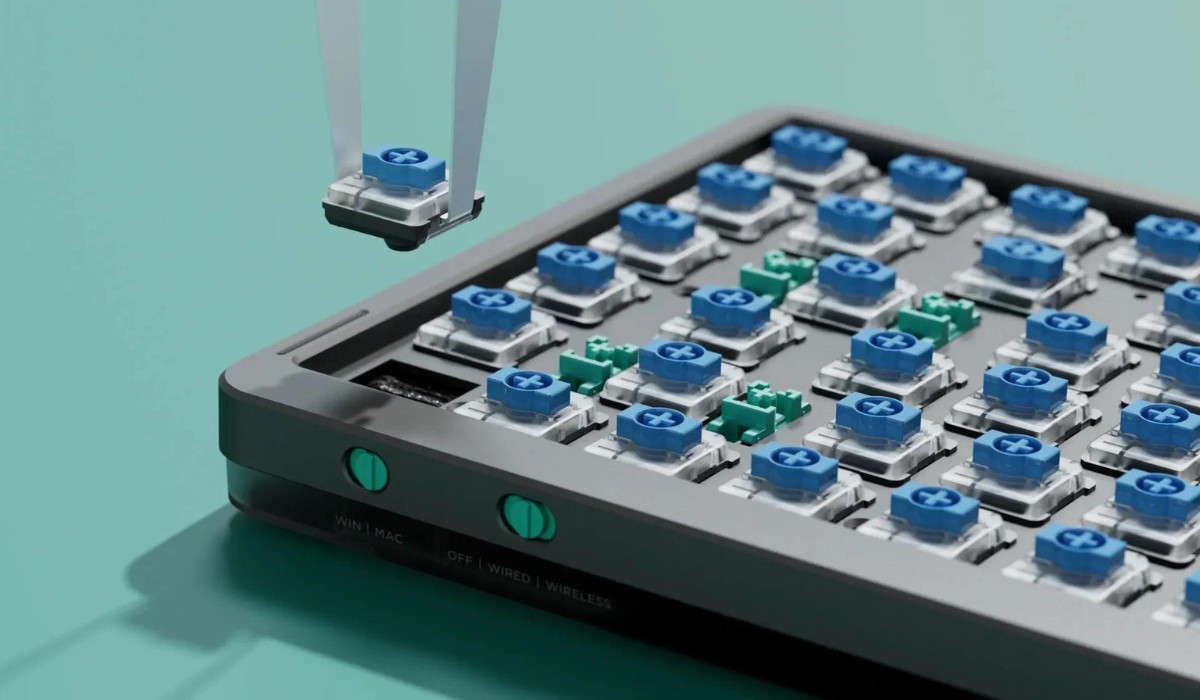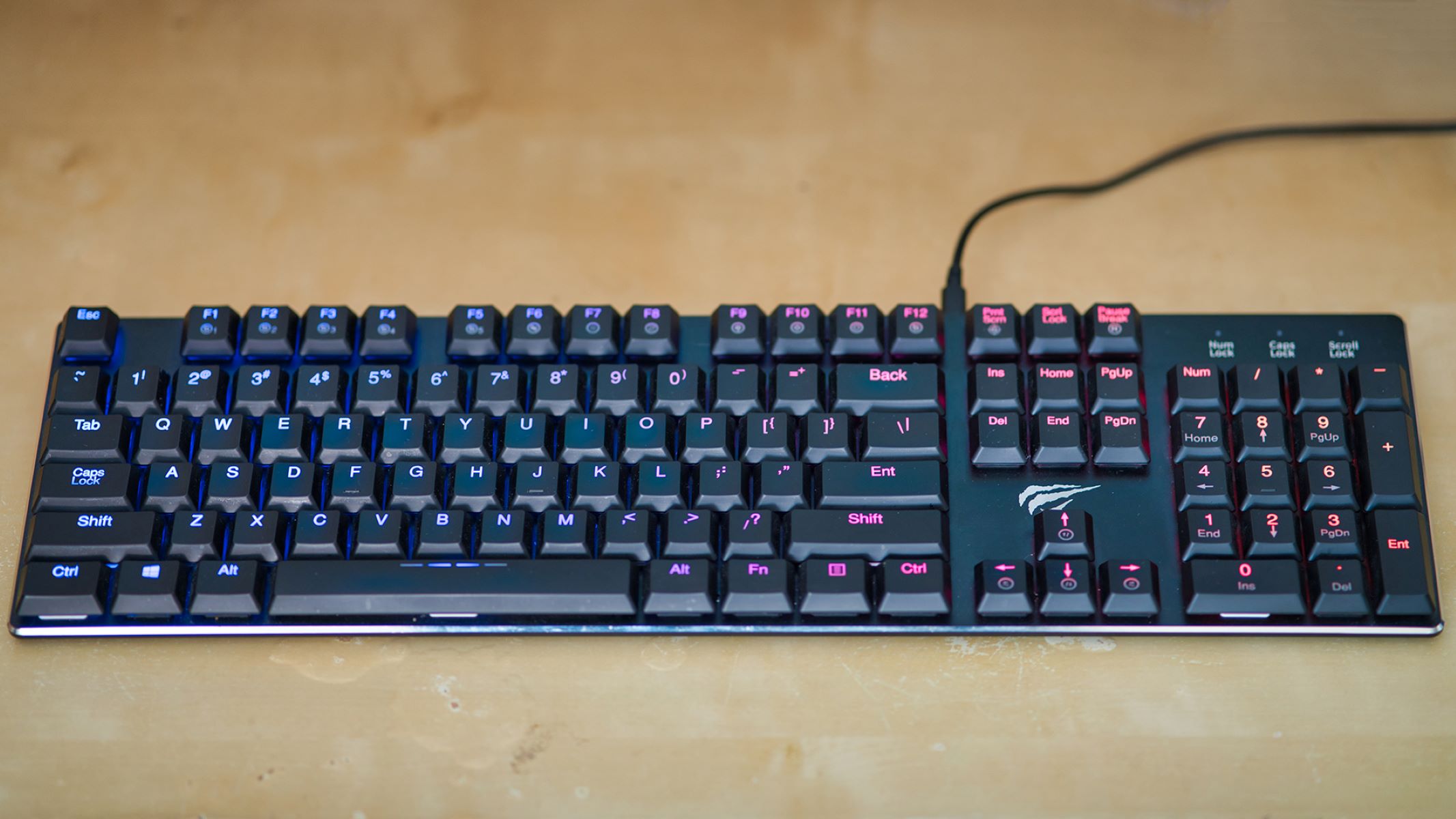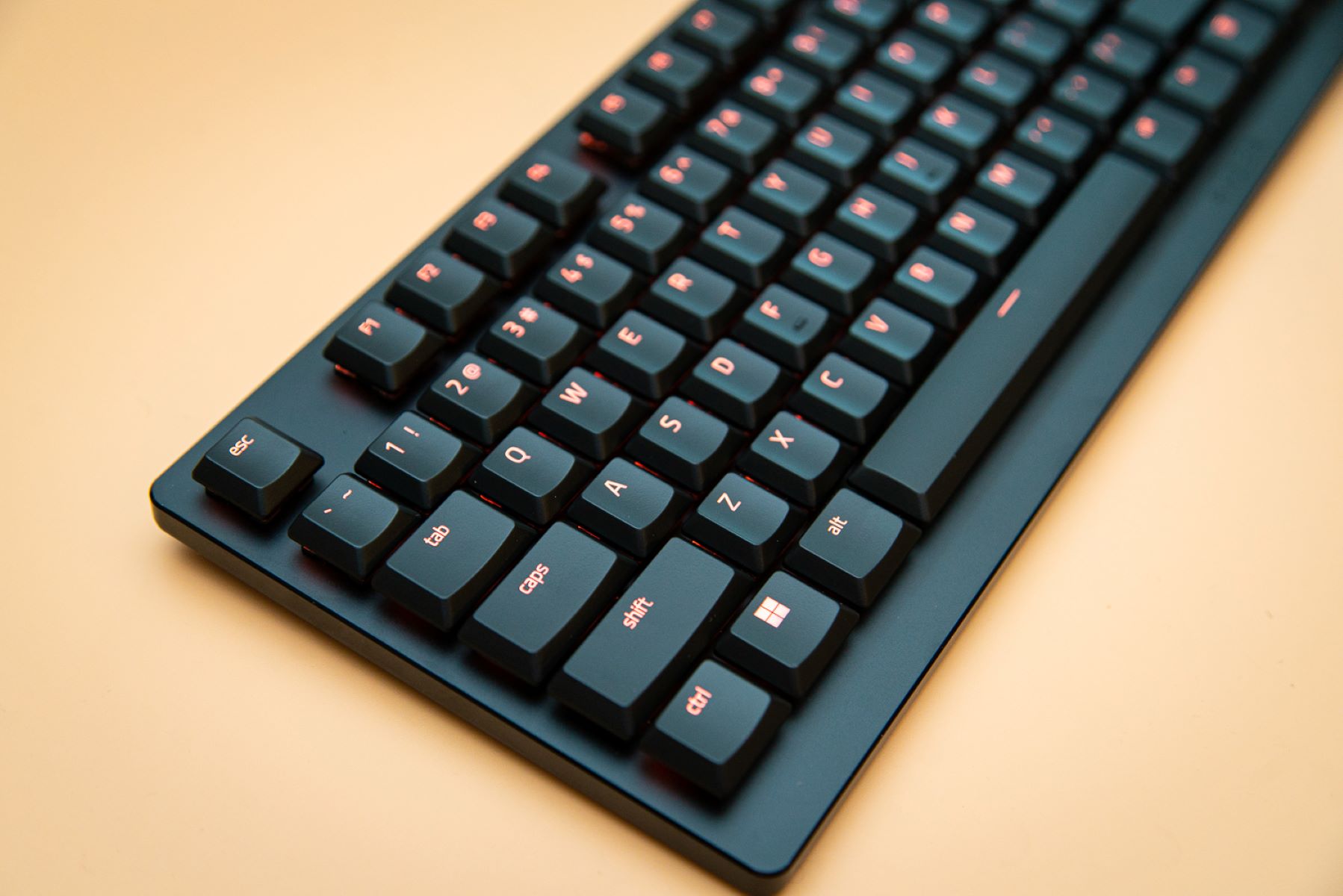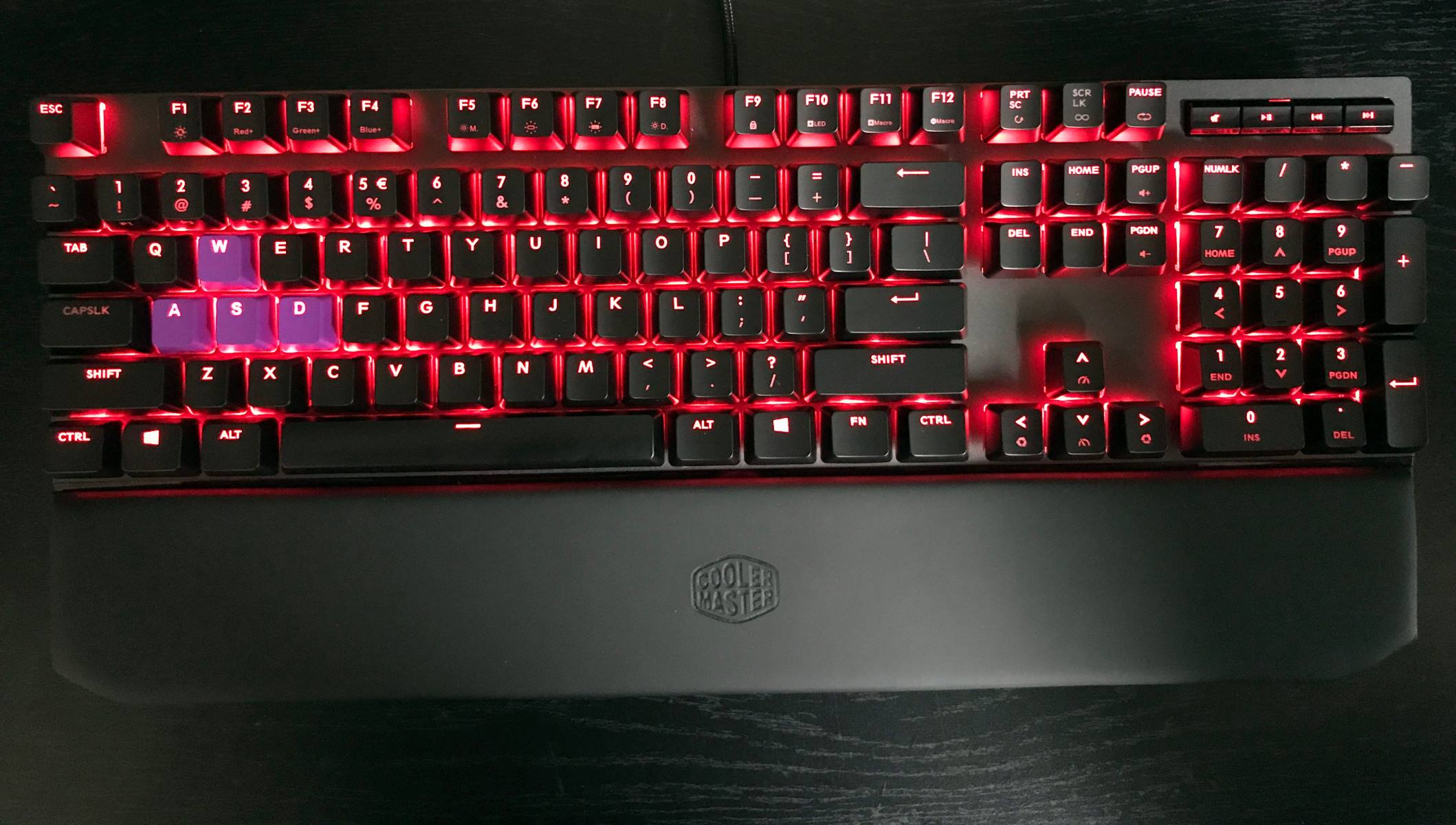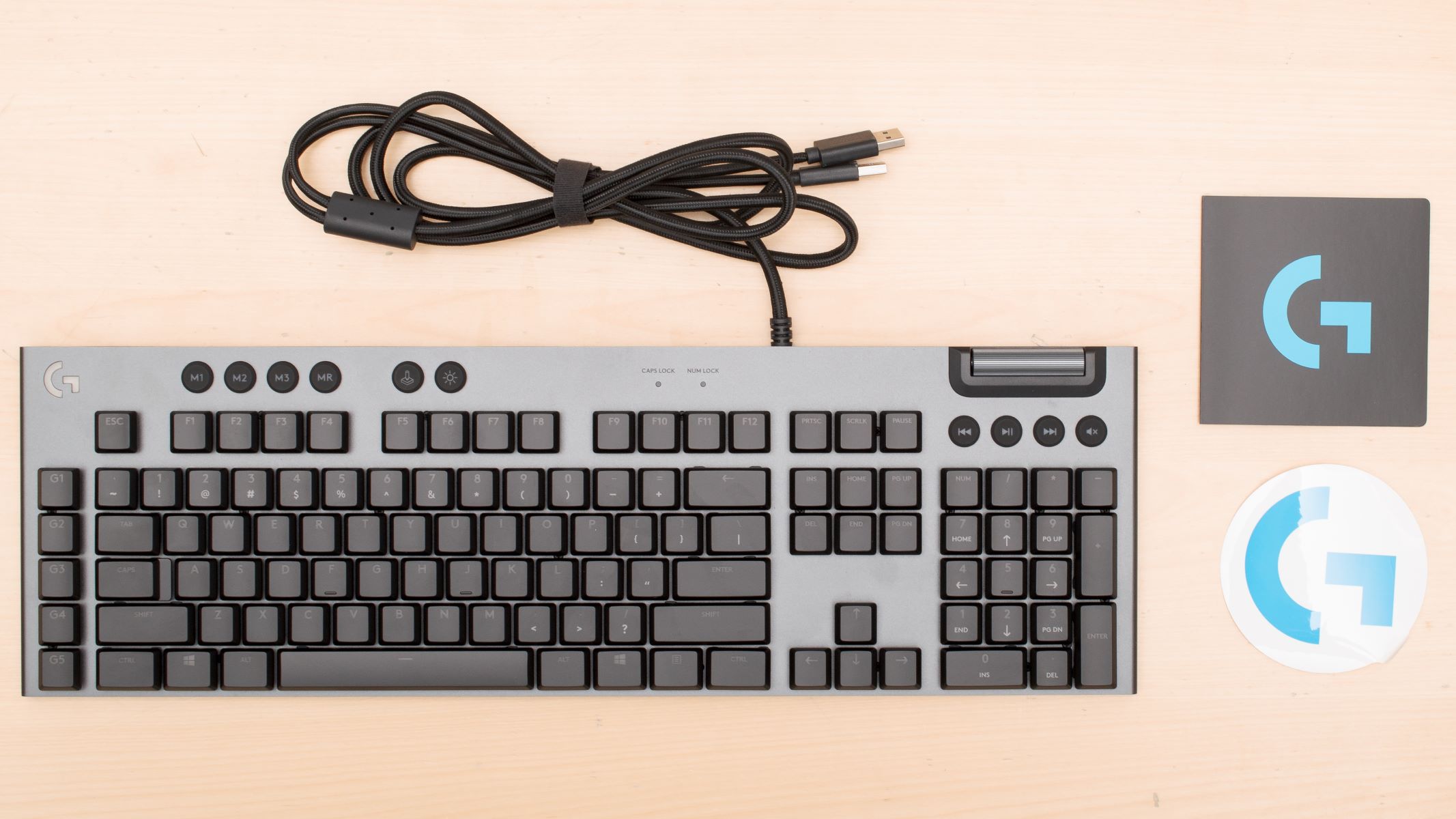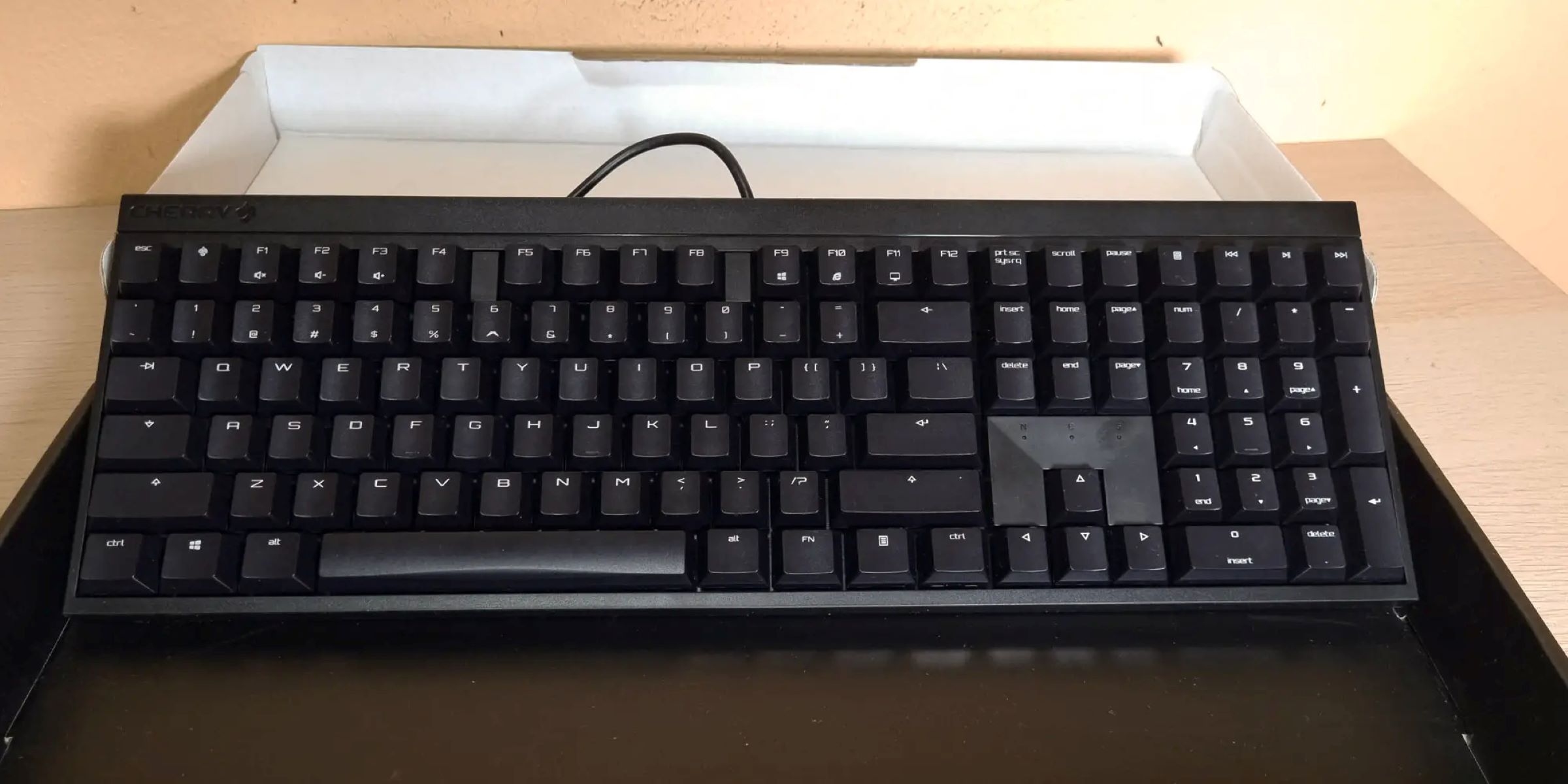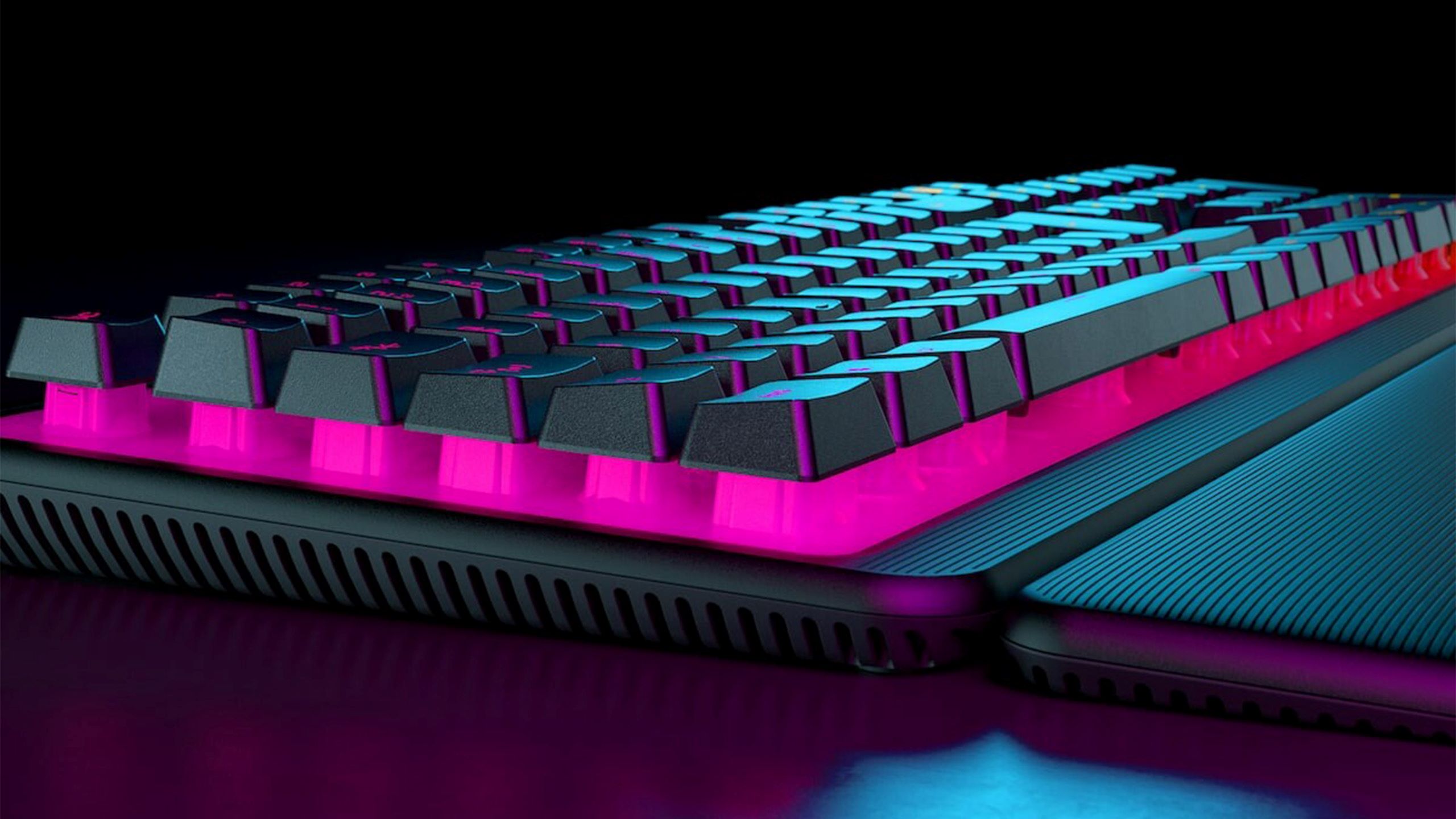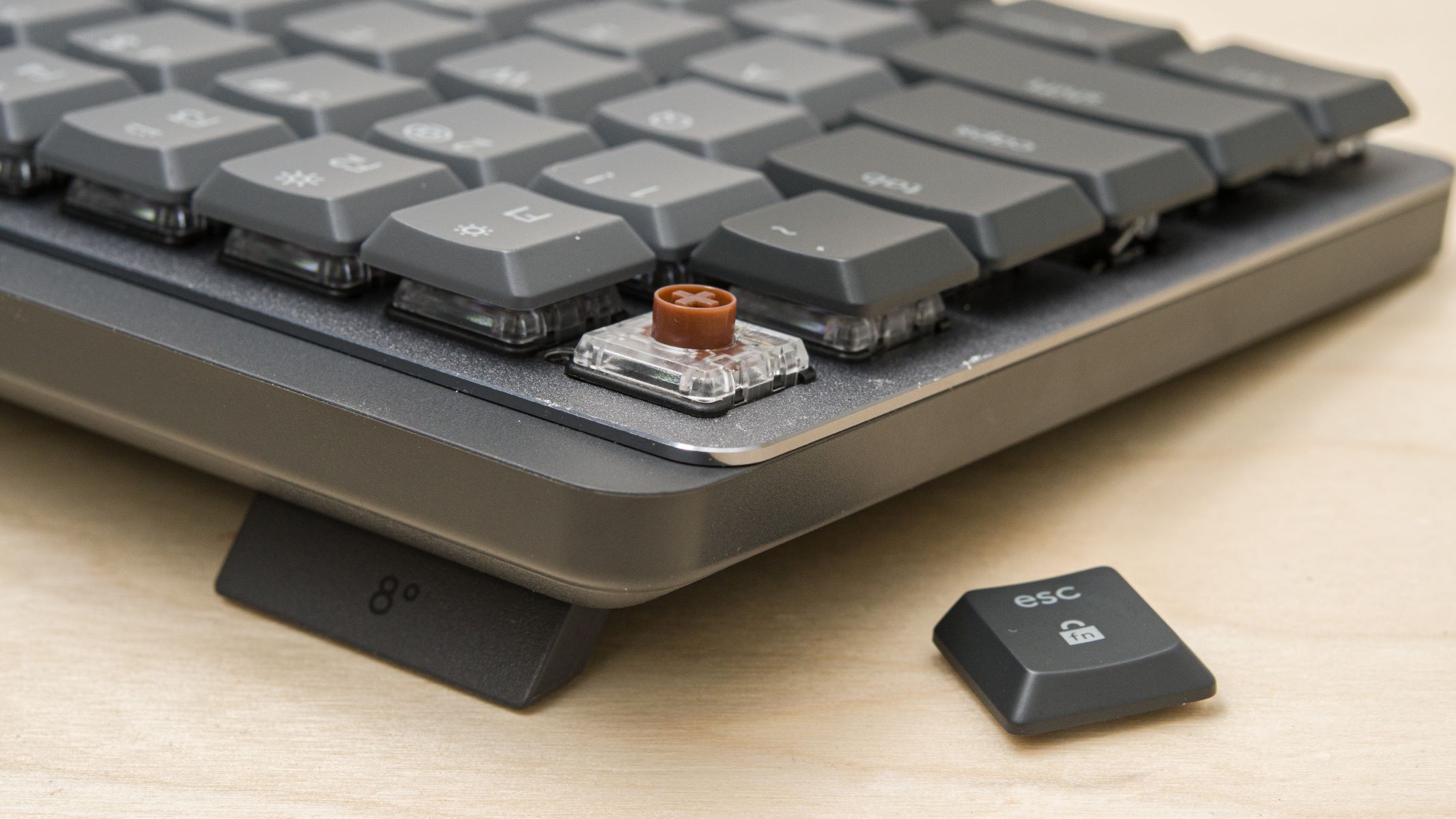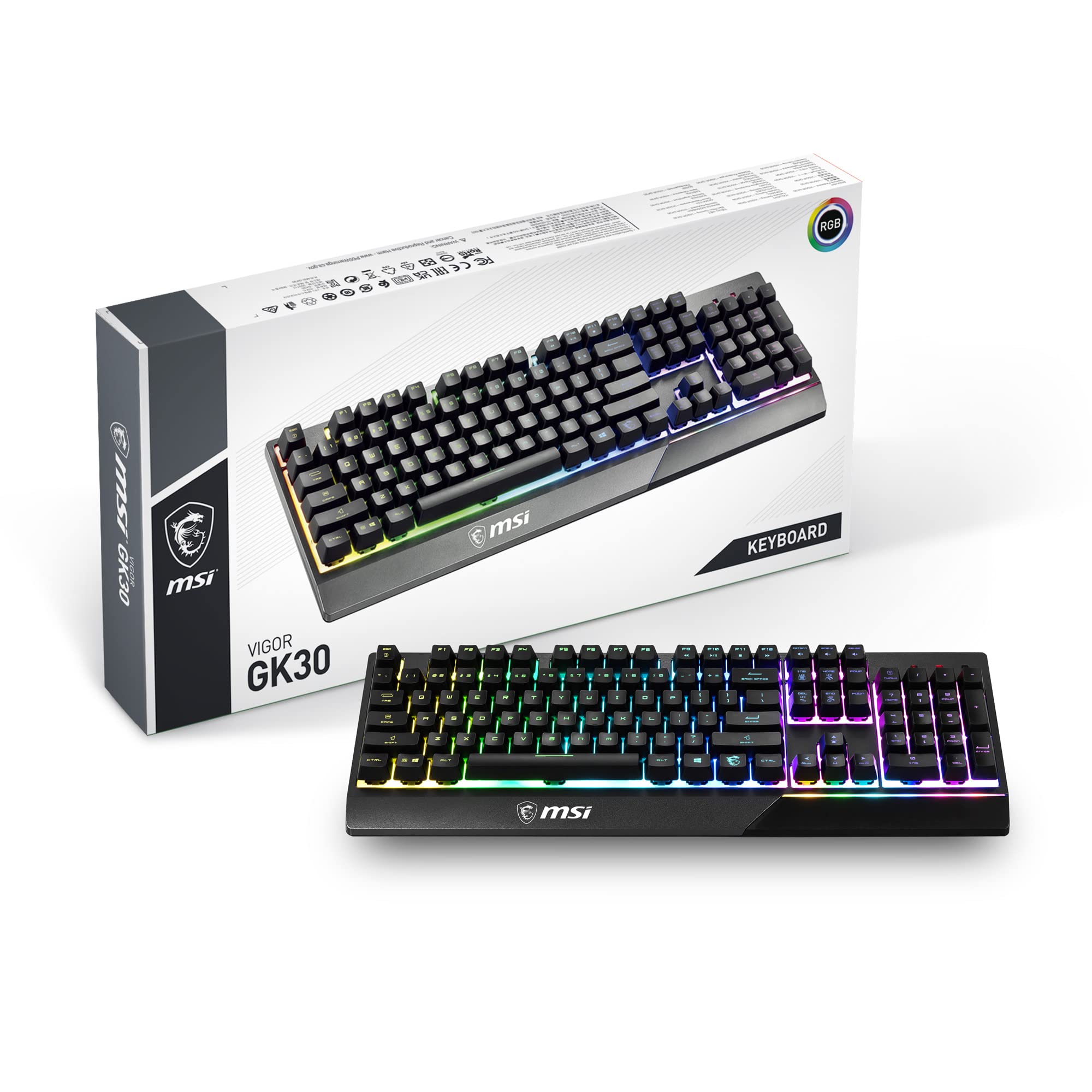Introduction
Introduction
Welcome to the world of low-profile mechanical keyboards! As technology continues to evolve, so does the way we interact with our devices. Keyboards, once considered a standard accessory, have undergone a transformation, giving rise to the innovative low-profile mechanical keyboards. These sleek and sophisticated peripherals have captured the attention of tech enthusiasts and professionals alike, offering a unique typing experience that combines the tactile feedback of traditional mechanical keyboards with a slimmer, more streamlined design.
In this article, we'll delve into the realm of low-profile mechanical keyboards, exploring their features, benefits, drawbacks, and the ideal user profile for these cutting-edge input devices. Whether you're a seasoned tech aficionado or a curious newcomer, this comprehensive guide will shed light on the allure of low-profile mechanical keyboards and help you determine if they're the right fit for your typing needs.
So, grab your favorite beverage, settle into your preferred reading spot, and prepare to embark on a journey through the fascinating world of low-profile mechanical keyboards. Let's unravel the secrets behind their growing popularity and uncover the unique advantages they bring to the table. Whether you're a gamer, a professional typist, or simply someone who appreciates the finer details of technology, there's something captivating about the allure of low-profile mechanical keyboards that's worth exploring.
What Are Low-Profile Mechanical Keyboards?
Low-profile mechanical keyboards represent a modern twist on the traditional mechanical keyboard design. Unlike their bulkier counterparts, low-profile mechanical keyboards feature a slimmer profile, making them visually appealing and ergonomically efficient. At the heart of these keyboards are switches that offer a shorter actuation distance and reduced key travel, resulting in a more responsive typing experience.
One of the defining characteristics of low-profile mechanical keyboards is their switch design. These keyboards often utilize low-profile switches that are notably thinner than standard mechanical switches, contributing to the overall slimness of the keyboard. The keycaps on low-profile mechanical keyboards are also designed to be shorter in height, creating a more compact and contemporary look while enhancing typing comfort.
Furthermore, low-profile mechanical keyboards are engineered to be lightweight and portable, catering to users who value mobility without compromising on performance. Whether you're a frequent traveler, a digital nomad, or someone who prefers a clutter-free workspace, the compact nature of low-profile mechanical keyboards makes them an attractive choice.
Despite their sleek appearance, low-profile mechanical keyboards retain the hallmark features of traditional mechanical keyboards, such as satisfying tactile feedback, durability, and customizable key actuation. This fusion of modern aesthetics and tried-and-true mechanical key switches results in a keyboard that appeals to a wide range of users, from gamers and programmers to professionals seeking a reliable and stylish input device.
By embracing a minimalist design philosophy without sacrificing functionality, low-profile mechanical keyboards have carved out a distinct niche in the keyboard market, offering a refreshing alternative to the bulkier, conventional options. As we continue to explore the world of low-profile mechanical keyboards, we’ll uncover the myriad benefits they bring to the table, shedding light on the reasons behind their growing popularity and widespread acclaim.
Benefits of Low-Profile Mechanical Keyboards
Low-profile mechanical keyboards offer a host of advantages that cater to the diverse needs and preferences of users across various domains. Here are some compelling benefits that set these innovative keyboards apart:
- Ergonomic Design: The slim and compact nature of low-profile mechanical keyboards promotes a more comfortable typing experience, reducing strain on the wrists and hands. With a shallower keycap height and reduced key travel, these keyboards can contribute to improved typing posture and overall ergonomics.
- Enhanced Portability: Thanks to their lightweight and space-saving design, low-profile mechanical keyboards are highly portable, making them ideal for users who are frequently on the move. Whether you’re a digital nomad, a commuter, or simply someone who values the convenience of a compact keyboard, the portability of low-profile mechanical keyboards is a standout feature.
- Modern Aesthetics: Low-profile mechanical keyboards exude a sleek and contemporary appearance, elevating the visual appeal of any workspace or gaming setup. With their minimalist design and slim profile, these keyboards bring a touch of modernity to the traditional mechanical keyboard landscape.
- Responsive Typing Experience: The shorter actuation distance and reduced key travel of low-profile switches contribute to a more responsive typing experience, allowing users to type with greater speed and precision. Whether you’re engaged in intense gaming sessions or tackling a lengthy writing assignment, the heightened responsiveness of low-profile mechanical keyboards can enhance your overall productivity.
- Versatility: Low-profile mechanical keyboards cater to a diverse user base, accommodating the needs of gamers, programmers, writers, and professionals across various industries. Their versatility makes them a compelling choice for individuals seeking a reliable and adaptable input device that can seamlessly transition between different tasks and applications.
As we unravel the benefits of low-profile mechanical keyboards, it becomes evident that these innovative peripherals offer a blend of ergonomic advantages, portability, contemporary aesthetics, and enhanced typing performance. Whether you’re drawn to their stylish design, ergonomic benefits, or responsive key switches, low-profile mechanical keyboards stand out as a compelling choice in the ever-evolving landscape of input devices.
Drawbacks of Low-Profile Mechanical Keyboards
While low-profile mechanical keyboards offer a range of enticing features, it’s essential to consider the potential drawbacks associated with these innovative peripherals. Understanding the limitations can provide valuable insights for individuals weighing the decision to invest in a low-profile mechanical keyboard. Here are some noteworthy drawbacks to take into account:
- Key Travel and Tactile Feedback: Due to their slim and compact design, low-profile mechanical keyboards often feature reduced key travel and tactile feedback compared to traditional mechanical keyboards. This can be a point of contention for users who prefer a more pronounced tactile response and a deeper key travel distance.
- Customization Options: Some low-profile mechanical keyboards may have limited customization options compared to their standard-sized counterparts. This can impact the ability to personalize the keyboard to suit individual preferences, such as adjusting actuation forces or fine-tuning the typing experience to align with specific user requirements.
- Adaptation Period: Switching from a standard keyboard to a low-profile mechanical keyboard may require an adaptation period for some users. The shorter keycap height and reduced key travel can feel unfamiliar initially, potentially impacting typing speed and accuracy until the user becomes acclimated to the new keyboard design.
- Availability of Keycaps: The availability of replacement or custom keycaps for low-profile mechanical keyboards may be more limited compared to standard mechanical keyboards. This can restrict the ability to personalize the keyboard’s aesthetics or replace worn-out keycaps with a wide range of aftermarket options.
- Price Point: In some cases, low-profile mechanical keyboards may be priced at a premium compared to conventional keyboards with membrane switches. The cost factor may influence purchasing decisions, particularly for users who are budget-conscious or seeking a more affordable input device without compromising on essential features.
By acknowledging the potential drawbacks of low-profile mechanical keyboards, users can make informed decisions based on their unique preferences and requirements. While these limitations are worth considering, it’s important to weigh them against the myriad benefits and innovative features that low-profile mechanical keyboards bring to the table.
Who Should Consider Using a Low-Profile Mechanical Keyboard?
Low-profile mechanical keyboards cater to a diverse audience, offering a unique typing experience that resonates with specific user profiles across various domains. Here are some key individuals who stand to benefit from the distinctive features of low-profile mechanical keyboards:
- Mobile Professionals: For professionals who frequently work in different locations or require a portable typing solution, low-profile mechanical keyboards offer a compelling blend of compactness and performance. Whether you’re a consultant, digital nomad, or remote worker, the lightweight and space-saving design of these keyboards makes them an ideal companion for on-the-go productivity.
- Gamers and Enthusiasts: Gamers and gaming enthusiasts who prioritize responsive and tactile key switches can find an ideal match in low-profile mechanical keyboards. The shorter actuation distance and enhanced portability of these keyboards cater to the needs of gamers who demand precision and agility during intense gaming sessions.
- Workspace Optimizers: Individuals seeking to optimize their workspace with a sleek and modern keyboard solution can benefit from the aesthetic appeal and space-efficient design of low-profile mechanical keyboards. Whether you’re a design professional, content creator, or minimalist enthusiast, these keyboards can complement a contemporary workspace while offering a comfortable typing experience.
- Travelers and Commuters: The portability and lightweight nature of low-profile mechanical keyboards make them an attractive choice for travelers, commuters, and individuals who value a compact typing solution. Whether you’re working on a laptop during a flight or need a reliable keyboard for your mobile workstation, the convenience of a low-profile mechanical keyboard can enhance your productivity on the go.
- Typing Enthusiasts: Individuals who appreciate the tactile feedback and performance of mechanical keyboards but prefer a slimmer and more modern design can find an appealing option in low-profile mechanical keyboards. Whether you’re a writer, coder, or avid typist, the responsive key switches and ergonomic benefits of these keyboards can elevate your typing experience.
As we delve into the diverse user profiles that align with the strengths of low-profile mechanical keyboards, it becomes evident that these innovative peripherals cater to a broad spectrum of users, from professionals and gamers to individuals seeking a stylish and ergonomic typing solution. By understanding the unique needs and preferences of these user profiles, it’s possible to appreciate the versatility and appeal of low-profile mechanical keyboards in the ever-evolving landscape of input devices.
Conclusion
As we conclude our exploration of low-profile mechanical keyboards, it’s clear that these innovative input devices have carved out a distinct niche in the realm of keyboards, offering a blend of modern aesthetics, ergonomic advantages, and responsive typing performance. The evolution of traditional mechanical keyboards into slimmer, more compact designs has resonated with a diverse range of users, from professionals and gamers to mobile enthusiasts and workspace optimizers.
While low-profile mechanical keyboards present compelling benefits such as enhanced portability, modern aesthetics, and a responsive typing experience, it’s essential to consider the potential drawbacks, including adaptation periods and limited customization options. By weighing these factors against the individual needs and preferences of users, it becomes evident that low-profile mechanical keyboards are well-suited for specific user profiles seeking a balance of style, performance, and ergonomic comfort.
Whether you’re a mobile professional in need of a portable typing solution, a gamer seeking agile and tactile key switches, or a workspace optimizer aiming to enhance your setup with a sleek and modern keyboard, the allure of low-profile mechanical keyboards is undeniable. Their versatility and appeal extend to typing enthusiasts and travelers alike, offering a compelling blend of functionality and visual sophistication.
As technology continues to advance and user preferences evolve, the landscape of keyboards will undoubtedly witness further innovations, with low-profile mechanical keyboards poised to remain a captivating option for individuals seeking a contemporary and ergonomic typing experience. Whether you’re drawn to their minimalist design, responsive key switches, or space-saving attributes, the journey through the world of low-profile mechanical keyboards unveils a compelling fusion of style and performance that resonates with a diverse array of users.







